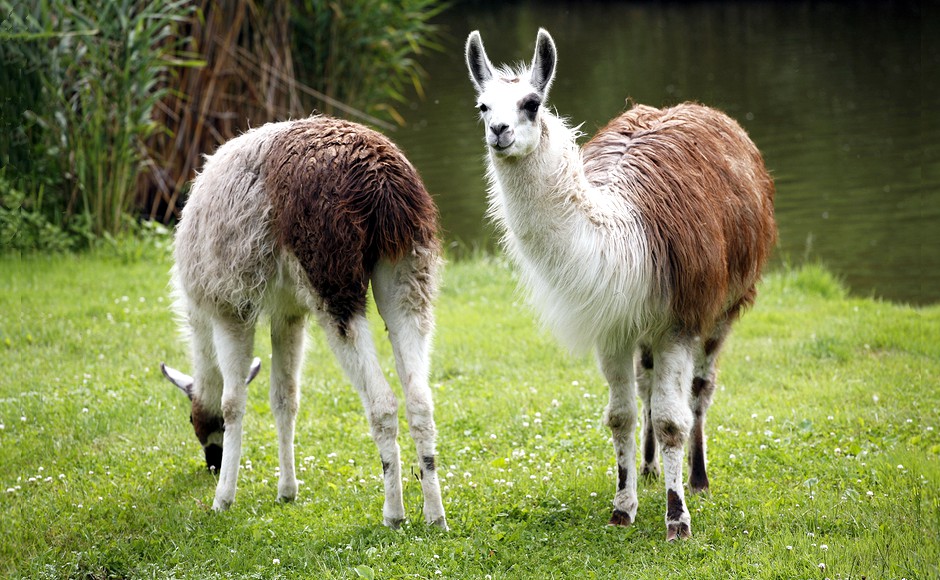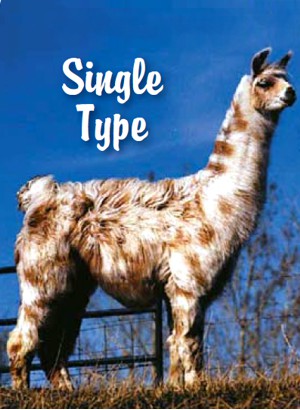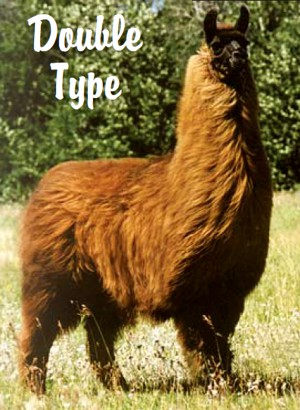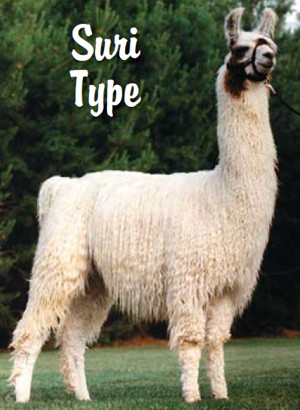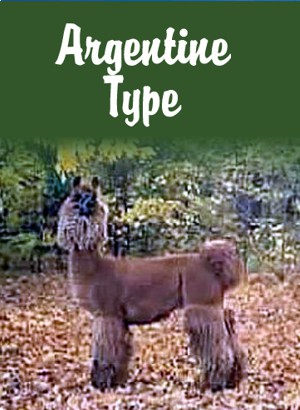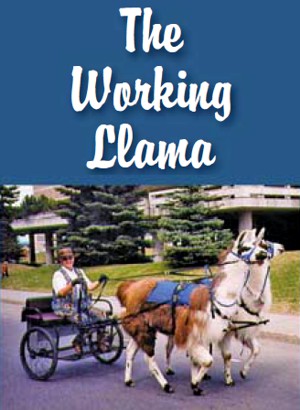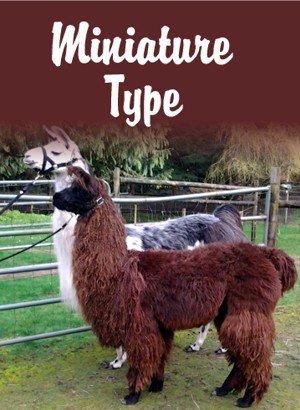Discover Llamas
Physical Facts
Life Span approximately 15-25 years
Height 40 – 45" at the shoulder
5.5' – 6' at the head
Weight Average range: 280-450 lbs
Colour
Fibre ranges from white to black, with shades of beige, brown, red and roan in between. It may be solid, spotted, or marked in a variety of patterns.
Fibre
Llama fibre can be processed. The fibre is harvested by shearing or combing. Once guard hair, if any, is removed, the fibre on many animals is comparable to alpaca.
Health and Care
Llamas are hardy, healthy, easy to care for and remarkably disease free. They require vaccination, worming 1-4 times a year (dependent on # of animals per area), annual toe nail trimming, annual or bi-annual shearing and a comfortable 3 sided shelter to protect them from the elements. Their diet consists predominantly of a good quality hay with a mineral supplement.
Reproduction
Females should be bred when they have reached maturity which would be past 2 years of age and preferably approaching 3 years. Llamas do not have a heat cycle but are induced ovulators (ovulation occurs 24-36 hours after breeding). Thus they can be bred at any time during the year. New mothers can be re-bred 2-3 weeks after giving birth but some breeders do prefer to have a year break between birth and rebreeding. Males reach breeding age at approx. 2 years. Llama gestation averages 350 days.
Birth and Babies
A single baby "cria" is normally delivered without assistance from a standing mother during daylight. Twins are rare.Birth weights average 20-35 pounds. Crias are normally up and nursing within 90 minutes of birth and are weaned at approximately 6 months of age.

